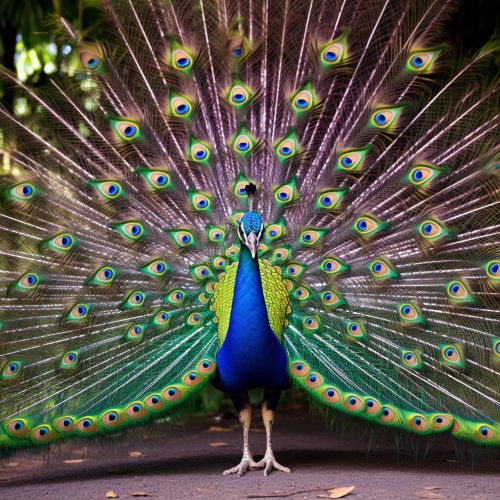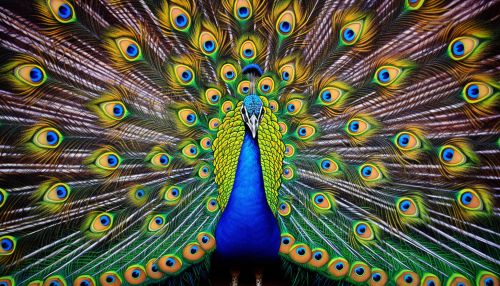The Science of Animal Courtship and Reproductive Strategies
Introduction
Animal courtship is a complex set of behaviors exhibited by certain animals, leading to or culminating in copulation. These behaviors often include ritualized movement and vocalizations that are species-specific. The purpose of these behaviors is to attract a potential mate and signal readiness to mate. This article will delve into the science of animal courtship and reproductive strategies, exploring the various methods and tactics animals use to ensure their genetic material is passed on to the next generation.
Animal Courtship
Courtship behaviors are a critical component of animal reproduction. They are often elaborate, involving a series of displays or rituals designed to attract a mate. These behaviors can include visual displays, vocalizations, chemical signals, or a combination of these. The specific behaviors and their complexity can vary widely among species.
Visual Displays
Visual displays are a common form of courtship behavior. These can range from simple color changes to elaborate dances or postures. For example, the male peacock displays its vibrant tail feathers in a fan-like formation to attract a female peahen. Similarly, the male bowerbird constructs intricate structures, or bowers, decorated with brightly colored objects to attract a mate.


Vocalizations
Many animals use vocalizations as part of their courtship rituals. These can include songs, calls, or other sounds. For example, male songbirds use complex songs to attract females. The complexity and length of the song can indicate the male's fitness and genetic quality. Similarly, male frogs and toads use vocal calls to attract females. The pitch and volume of these calls can signal the male's size and fitness.
Chemical Signals
Chemical signals, or pheromones, are another common form of courtship behavior. These chemical signals can be used to indicate readiness to mate, attract potential mates, or mark territory. For example, female insects often release pheromones to attract males. Similarly, male mammals may mark their territory with urine or other scents to signal their presence to females.
Reproductive Strategies
Reproductive strategies in animals can be broadly categorized into two types: r-selection and K-selection. These strategies represent different approaches to reproduction, with r-selected species producing many offspring with little parental care, and K-selected species producing fewer offspring with more parental care.
R-Selection
R-selected species, such as insects and rodents, produce a large number of offspring in a short period of time. These species often have short lifespans and high mortality rates, so producing a large number of offspring increases the chances that some will survive to reproduce. R-selected species typically provide little to no parental care, and their offspring are often small and relatively undeveloped at birth.
K-Selection
K-selected species, such as elephants and humans, produce fewer offspring but invest more resources into their care. These species often have longer lifespans and lower mortality rates, so they can afford to invest more time and energy into each offspring. K-selected species typically provide extensive parental care, and their offspring are often larger and more developed at birth.
Conclusion
Understanding the science of animal courtship and reproductive strategies provides valuable insights into the diverse ways in which life on Earth perpetuates itself. From the elaborate courtship displays of birds to the strategic reproductive tactics of mammals, the animal kingdom is full of fascinating examples of evolutionary adaptation and survival.
